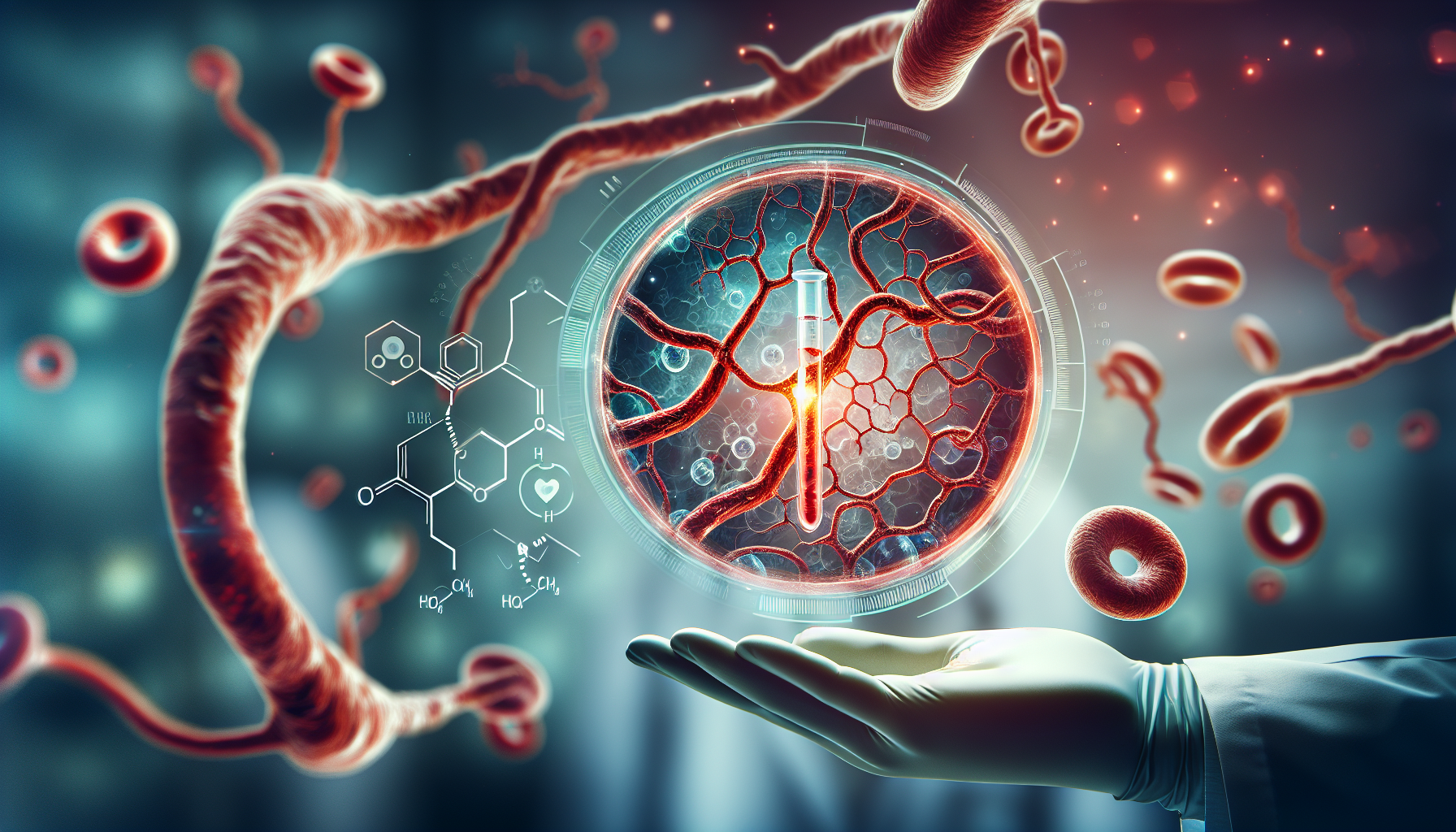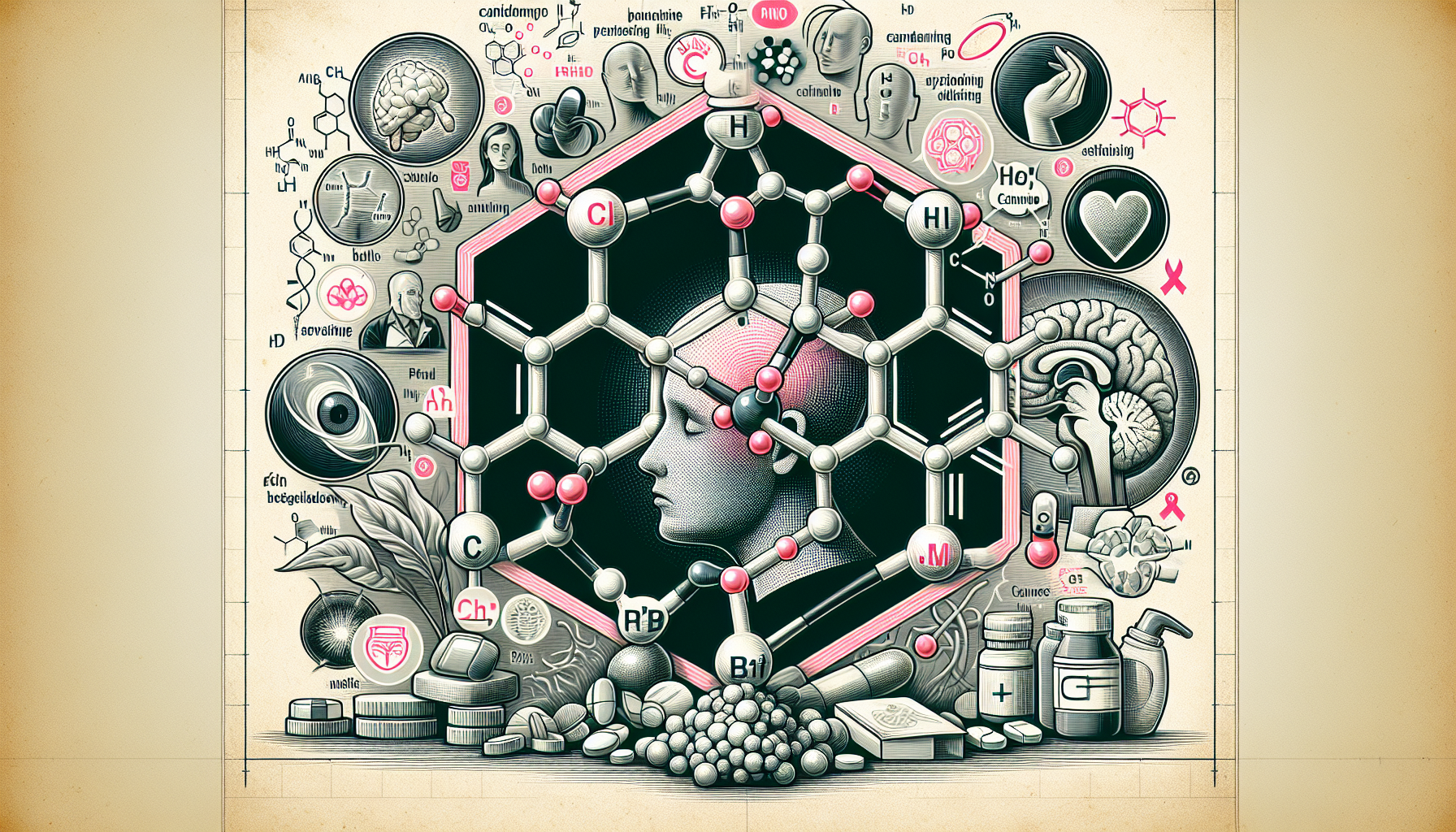Novel Phone Therapy Boosts Well-Being in Blood Cancer Patients Post-Transplant
Key Takeaways
- The PATH intervention significantly improves psychological well-being and quality of life for blood cancer patients post-transplant.
- The nine-week, phone-delivered program is highly accessible and well-received by patients.
- The intervention has high completion rates and sustained positive effects.
Did You Know?
Introduction to Phone-Based PATH Intervention
Researchers from Brigham and Women's Hospital and Dana-Farber Cancer Institute have developed an innovative phone-based intervention, PATH, aimed at improving the psychological well-being of blood cancer patients who have undergone hematopoietic stem cell transplantation (HSCT). The new approach has shown promising results in a recent pilot study.
Significance of Psychological Well-Being Post-Transplant
Patients undergoing HSCT face numerous challenges, including psychological distress, physical fatigue, and diminished quality of life. Addressing these issues is crucial for recovery and overall health. The PATH intervention focuses on positive psychology to help patients cope more effectively.
Structure and Benefits of PATH
The PATH program is a nine-week course delivered over the phone. It includes weekly exercises that patients can complete at their convenience using a manual that guides them through each exercise. The phone sessions are brief, lasting only 15-20 minutes, making them highly accessible.
High Completion and Satisfaction Rates
The pilot study included 70 adult blood cancer patients who had undergone HSCT. Remarkably, 91% completed all nine sessions, and 94% finished at least six sessions. These high completion rates suggest that the PATH intervention is both feasible and well-accepted.
Positive Impact on Patient-Reported Outcomes
The study revealed significant positive outcomes for patients participating in the PATH program. Improvements were noted in emotional well-being, physical function, and fatigue reduction. These gains were reported immediately after completing the program and were sustained at the 18-week mark.
Expert Opinions on PATH
Dr. Hermioni L. Amonoo, the lead researcher, highlighted the program's design and its alignment with the needs of HSCT survivors. Additionally, Dr. Jessica Vanderlan, an expert not involved in the study, emphasized the importance of brief, accessible interventions for oncology patients, particularly during acute recovery periods.
Future Implications
The success of the PATH intervention opens doors for broader applications in cancer care. Encouraging patients to engage in structured exercises that foster positive emotions could be integrated into standard care practices to enhance overall well-being.
Accessibility and Scalability
The phone-based nature of the PATH program makes it scalable and accessible to a larger patient population. This is particularly beneficial for patients who may have difficulty traveling to healthcare facilities.
Conclusion
The PATH intervention represents a promising advancement in supportive care for blood cancer patients. By focusing on positive psychology, this program enhances emotional well-being, physical function, and quality of life, making it a valuable tool in oncology care.
References
References
- JNCCN – Journal of the National Comprehensive Cancer Networkhttps://jnccn.org





